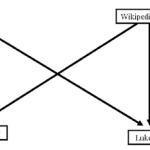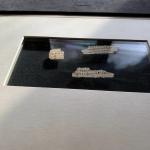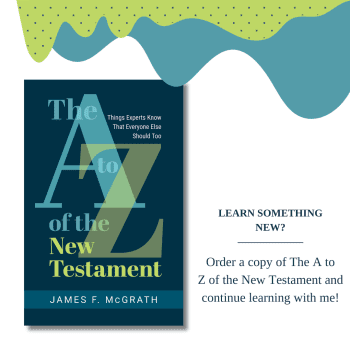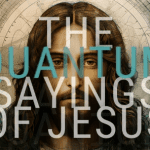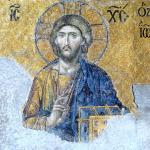I was disappointed by the commentary from Ian Paul and Ben Witherington on the subject of Mary Magdalene and the question of what her nickname means, a question which is the focus of a recent article by Libbie Schrader and Joan Taylor. If you don’t have access to the article, its two authors offer a presentation about their research and many journalists have reported on it. Witherington wrote dismissively about their proposal in a way that made clear he hadn’t read the article. Ian Paul focused on how Diana Butler Bass utilized this and other research by Schrader in a sermon, and there were some things to criticize in that, as Schrader herself pointed out. I hope that academics will interact with the actual substance of the research. In the recent article by both Schrader and Taylor, they demonstrate clearly that “X called Y” was used in Luke-Acts for nicknames but not for designations of place of origin. Thus Luke clearly understood Magdalene to be a nickname.
I have not yet decided what I think about whether Mary and Martha both appeared in the Gospel of John originally as well as Luke. I am still pondering the matter, and the important case that Schrader has made. All I would add to the discussion of Mary the Tower is that this need not be an either/or question. There were ancient places named Migdal, meaning tower, and Mary could have been from such a place even if it was not another name for Tarichaea. By giving Mary her own nickname in terms of place of origin, Jesus would have been recognizing her as an individual and authority in her own right by doing so, since women were rarely known by their place of birth the way men were, being named instead as “daughter of” or “wife of” a man. Jesus loved making puns, and I could fully see him making a pun on the place that Mary was from. If so, the interpretations offered by Origen and others, which was that it indicated both where she was from and her significance, would be correct understandings of what Jesus meant. The key thing is that it was understood as a nickname (and there were debates about precisely what the nickname meant). The question of whether it also indicated provenance should not be taken to change that fact, whatever conclusion one draws.
This seemed like an appropriate blog post to share on the day I leave for England where I will be (among other things) a Visiting Fellow at Magdalen College in Oxford. It is named after Mary Magdalene, but due to the way that was pronounced at the time of the college’s founding, the name of the college is still pronounced today as “maudlin college.” I don’t expect my experience there to fit the modern meaning of that adjective…
Also on the theme of towers and the Bible, someone on Facebook asked me about how to interpret the Tower of Babel story in Genesis. Here is what I wrote in reply: My recommendation for reading the Tower of Babel story is to view it as political satire. Babel is Babylon, as I’m sure you know, and they were the dominant power in the region. How do smaller peoples resist empire? By poking fun at them. The Babylonians had a famous unfinished ziggurat, and an Israelite author told a story about why it was unfinished. They thought they could make Babylon the gateway to God (Bab-El, Door of God). In fact, the divine beings in heaven have to go down in order to take a look at this tiny insignificant thing the people have built. In order to put them in their place, the divine beings make language multiple, scattering people – the opposite of the drive of empire to have one language, one culture, one religion, etc. Babylon, far from the gateway to God, is interpreted as though it came from a similar-sounding root word and had to do with confusion.
When it comes to building towers, LEGO is the way to go, and I was pleased to discover that there have been attempts to make the Tower of Babel out of LEGO. The most impressive I’ve seen was built by a student at the University of Tokyo. Seriously, take a look at it! And then, for something really impressive, check out this model of Jerusalem in the first century, once again made out of LEGO.
Here are those blog posts again by Ian Paul and Ben Witherington:


